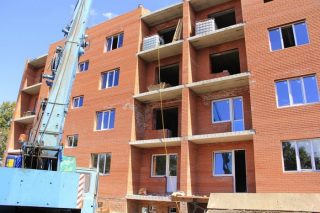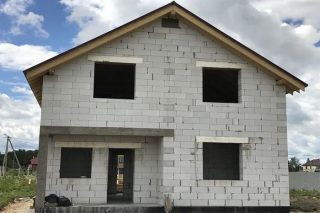Brick as a material for building walls has been tested for decades, but modern porous concrete also does not lag behind in popularity. Building materials are used in different conditions, for example, ceramic and silicate bricks are used for high-rise buildings, and low-rise ones are erected from foam blocks. Depending on the purpose of construction, brick or aerated concrete is used.
- The best material for building a house
- Advantages and disadvantages of materials
- Varieties of bricks and their characteristics
- Comparison with aerated concrete blocks
- Differences in thermal conductivity and sound insulation
- The difference in the fire safety of materials
- Mechanical stability of the material
The best material for building a house
Building options for which brick or aerated concrete is better, depending on operating conditions:
- brick is used for high-rise buildings, load-bearing walls of industrial facilities, internal partitions, fences, stoves, baths, utility buildings;
- porous concrete is used in the construction of one-story buildings or not higher than three floors, walls, floors, foundations are insulated with it.
During the construction of a residential building, load-bearing walls can be built from ceramic or silicate bricks, and partitions inside can be laid out from foam blocks or gas blocks to save time.










